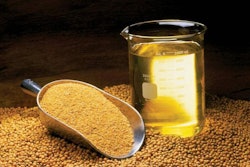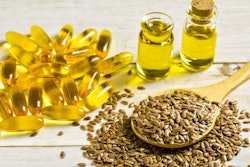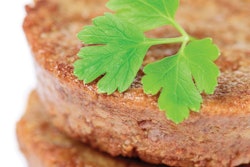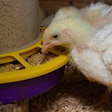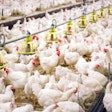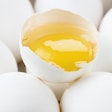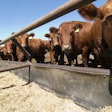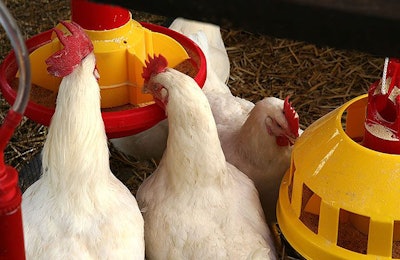
How particle size of limestone affects phytase in commercial broiler feeds
The issue of limestone (not just calcium carbonate, by the way) is often discussed in conjunction with layer nutrition. Very rarely one is preoccupied with particle size, and even less with solubility of limestone, when it is about broilers. In fact, coarse limestone particle size might be a detriment to the machinery during pelleting of broiler feeds. In the end, in most cases, rather fine limestone is used either as a feed ingredient or as a premix carrier.
Yet, a recent study presented during the most recent European Symposium on Poultry Nutrition (ESPN) in Gdansk, Poland (abstract 6.16, Taylor et al.), indicated that when using the enzyme phytase, a fine particle size of limestone is not exactly ideal. In fact, a coarse particle size of limestone increased ileal phosphorus digestibility when using phytase in a typical commercial diet. It is interesting to ponder why this might be the case.
We know from graduate school that excess free calcium in the gut binds free phosphorus. This is why we try to control dietary calcium not to exceed 1.2 to 1.5 times total phosphorus in most monogastric animal diets. Apparently, the coarser the size of limestone used, the slower the release of calcium from it once inside the gut. As such, any phosphorus released by phytase has a greater chance of “escaping” calcium binding, only to be excreted. Of course, this is an oversimplified explanation, but it serves to visualize how limestone particle size and phytase might interact. As it happened, in the above trial, the solubility of the finely ground limestone was 96%, whereas that of the coarsely ground limestone only 26%. Thus, this fact also helps verify our reasoning above, and may provide one more practical tool in evaluating limestone for broiler feeds.
In conclusion, and in agreement with what most nutritionists already know, a fine particle size of limestone is not essential in broiler feeding, and as it appears now, it might even hinder the result of phytase addition. A medium size is preferable as it does not cause significant damage to equipment, it does not separate easily from the rest of the feed, and it provides adequate calcium without causing unnecessary problems to phosphorus nutrition.

